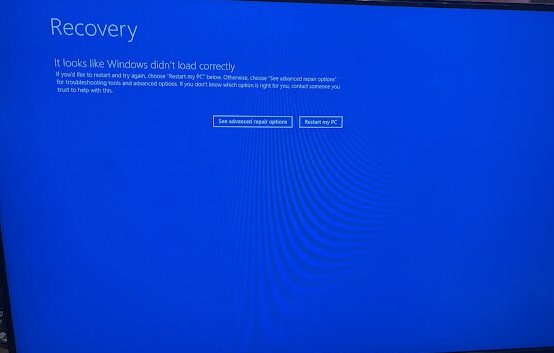VXLAN (Virtual Extensible LAN) and EVPN (Ethernet Virtual Private Network) are technologies used in networking to address challenges associated with large-scale, multi-tenancy data center environments. FortiGate, a product of Fortinet, is a next-generation firewall and security appliance that also offers networking capabilities. Let’s break down VXLAN and EVPN individually and then discuss how FortiGate incorporates these technologies.
1. **VXLAN (Virtual Extensible LAN):**
– VXLAN is a tunneling protocol designed to address the limitations of traditional VLANs (Virtual Local Area Networks) in large-scale data center environments.
– Traditional VLANs have a limited scalability due to the 12-bit VLAN identifier, resulting in a maximum of 4096 unique VLANs. VXLAN extends this limit by using a 24-bit VXLAN Network Identifier (VNI), allowing for over 16 million unique VXLAN segments.
– VXLAN encapsulates Layer 2 Ethernet frames within UDP packets, enabling communication between hosts across Layer 3 boundaries.
– VXLAN allows for the creation of virtualized Layer 2 networks over a Layer 3 infrastructure, making it suitable for scalable and flexible network designs.
2. **EVPN (Ethernet Virtual Private Network):**
– EVPN is a control plane technology designed to improve the scalability, flexibility, and efficiency of Layer 2 and Layer 3 VPNs in data center networks.
– It uses the BGP (Border Gateway Protocol) control plane to distribute MAC (Media Access Control) address information across the network, facilitating efficient and dynamic MAC address learning.
– EVPN enables the seamless extension of Layer 2 networks across data centers and allows for the distribution of Layer 2 and Layer 3 reachability information using BGP.
Now, let’s discuss how FortiGate incorporates VXLAN and EVPN:
– **FortiGate and VXLAN:**
– FortiGate devices can be configured to support VXLAN for the creation of scalable, multi-tenant networks.
– VXLAN can be used to extend Layer 2 connectivity across FortiGate devices, providing flexibility in designing network architectures.
– VXLAN can be employed to create overlay networks, allowing virtualized and isolated segments to communicate over an underlying IP network.
– **FortiGate and EVPN:**
– FortiGate devices can be configured to support EVPN, leveraging BGP for the distribution of MAC address information.
– EVPN simplifies the management of Layer 2 and Layer 3 VPNs in complex network environments.
– FortiGate devices can participate in EVPN networks, enabling seamless and efficient communication across distributed data center environments.
In summary, FortiGate devices can integrate VXLAN and EVPN technologies to provide scalable, secure, and flexible network solutions, especially in large-scale data center deployments. These technologies help overcome the limitations of traditional VLANs and enhance the capabilities of Layer 2 and Layer 3 networking in modern, dynamic environments.


